Today we tell you the story of the ocean on top of a mountain. This sounds like a contradiction but in geology things are never straightforward. That’s why we love it so much. Along the course of stage four the riders see rocks that couldn’t have been formed in a more different place than where we find them today. These rocks were born at an oceanic spreading center!
Most of these rocks were part of the ocean crust. They crystalized kilometers beneath the bottom of the ocean. Some, such as volcanic rocks welled up at the ridge, and others like deep-ocean sedimentary rocks, were deposited on the ocean floor. Such oceans are three to five kilometers deep! They did not become exposed on land in the Alps as a result of a huge drop in sea level. On stage two we told you that did happen in the Mediterranean Sea. However, by that time the oceanic rocks of today were already high and dry on top of the Alps. Instead, various tectonic processes brought the ocean floor to the top of the mountains. The Col de Montgenèvre has an ocean on a mountain. Let’s deep dive into this. Pun intended.
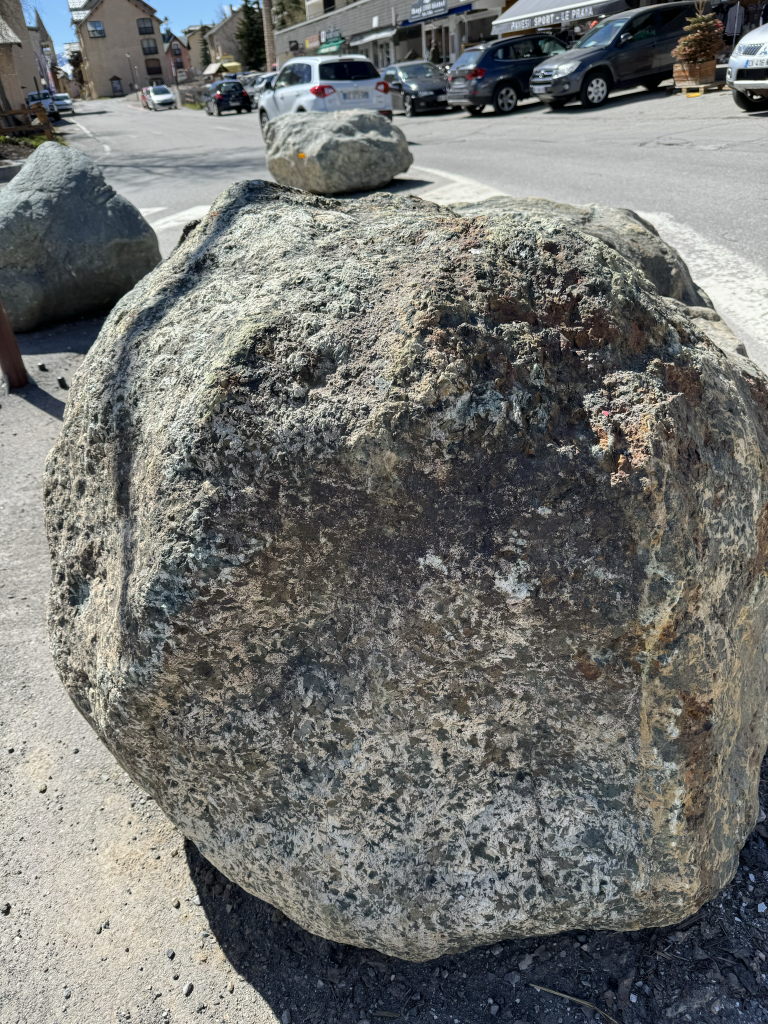
Move
Rocks we see on stage four, more than two kilometers high up in the Alps, illustrate how much the Earth’s plates can shovel rocks around if you give it a long period of geologic time. A basic principle of geology is that the rocks that we can see along the road, or in cliffs, are seldom in the environment where they formed, or where they were deposited. Unless you’re looking at lavas on the flanks of an active volcano. That’s as close to home as it gets. The rest travels extensively like the rocks that make up the Alps. Almost none of those were formed in the mountains. This is typical of almost all rocks in mountain ranges that does not have active volcanism. So where did these building blocks of the Alps form then?
The presence of ocean-floor rocks in the Alps reflects more than simply forming a fault to raise them from deep underwater to a position high above sea level. Oceanic crust forms in an environment of sea-floor where two plates spread apart. This spreading means that the outer layer of the Earth that makes the plates, the lithosphere, is thinned. As a result the Earth’s surface subsided far below sea level.
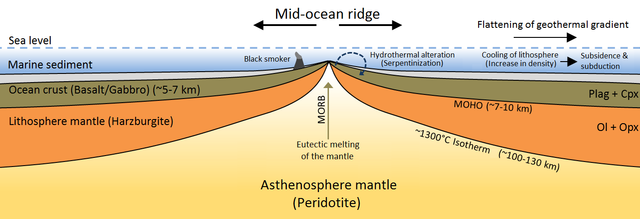
This is a very different tectonic environment, the exact opposite in fact, than the one that raises such rocks above sea level. This eventually occurred because plates (Africa and Europe) came towards each other. Between their formation at a mid-oceanic ridge and their uplift in the mountains of the Alps, many of the oceanic rocks that you’ll see today underwent a crucial intermediate part of the journey in which they went (deep) down before they came up! Let’s have a look at that journey.
Change
Many of the oceanic rocks of the Alps differ from their original “parent rocks” (called “protoliths”) because they underwent a process known as metamorphisis. This is recrystallization in the solid state. That has changed the mineralogy, texture, and color of the original sea floor rocks. The original magmatic minerals in these rocks are now gone. Instead we now see different, metamorphic minerals.
Geologists have worked out in laboratory experiments under which conditions such metamorphic minerals form. This shows that the oceanic rocks of the Alps along today’s stage underwent metamorphism far beneath the surface of the earth. We are talking tens to over a hundred kilometers beneath the surface. That means that they entered a subduction zone. This is where the oceanic plate they formed on, went deep down into the Earth’s mantle.
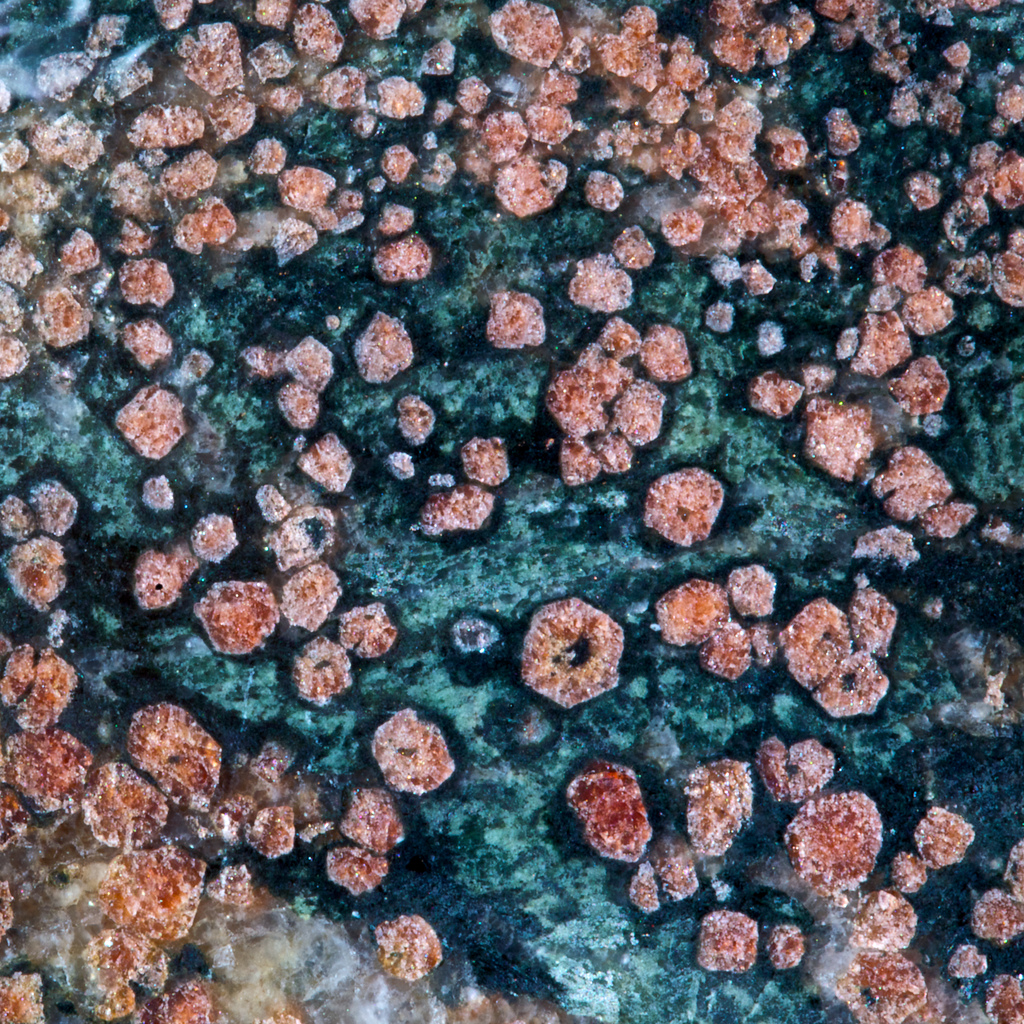
During subduction most of the ocean plate, which is as thick as 70 km, dives down to the mantle. It then disappears. However, at times the subduction fault slices into the top of the subducting plate. This transfers the rocks of the ocean floor to a higher level. This can happen close to the surface. In that case you’ll see folded and crumpled up sedimentary rocks in your mountain belt. These rocks were not buried deep enough to become metamorphosed, such as in the Jura mountains. They still look more or less the same. However, this slicing can also occur into crust already subducted to as deep as 100 kilometers. Those rocks metamorphosed. Sometimes, they can come back to the surface in channels of rocks that are less dense than the surrounding mantle and subducting plate. Squeeze them up like a bar of soap, albeit not as slippery as soap.
Climb
A good part of the climb back to the surface of our poor, mutilated oceanic rocks took place while subduction in the Alps was still active. However, the final chapter that closed the ocean and raised the ocean floor rocks to the surface took place when the margin of one continent (Europe) partly subducted beneath the margin of another. In this case Adria, which underlies the Po Plain and the Adriatic Sea, and which is connected to Africa. Read more about this.
The subducting oceanic lithosphere was denser than the mantle and wanted to sink, but the lower-density continent did not. The subduction process ended. The sedimentary rocks on top of the continental material moved below the metamorphosed oceanic rock, thus lifting it. They then piled on top of each other by thrust faults resulting in the formation of a high mountain range like the Alps. On top of this shoved-up, folded up, and broken-up pile, is all that remains of our ocean floor. This ocean on top of the mountain was much broader than the footprint of the modern mountain range.
Grand Tour du rocks
The stage of getting an ocean on a mountain we see on stage four was much farther, both horizontally and vertically, than riders do in the Tour de France. The horizontal journey from formation at an ocean spreading ridge to partway down a subduction zone and then back to the surface would have been hundreds of kilometers. It may even have exceeded a thousand kilometers. The descents and ascents are even more striking.
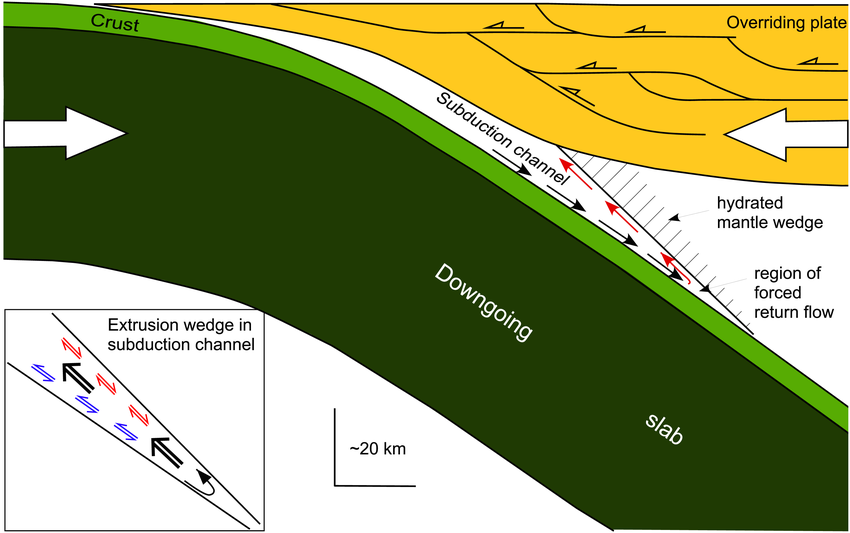
Oceanic trenches where the ocean plate subducts beneath a continental margin or another oceanic plate are the deepest places on the ocean floor. They are deeper (below sea level) than the elevation of the highest mountains above sea level. You can think of the Mariana trench which is deeper than Mount Everest is high. However, the biggest part of the rocks’ journey up would have been from tens to 100+ kilometers beneath the ocean floor along the subduction zone to their present exposure in the mountains. That’s is worth many points for the polkadot jersey. We award it the Souvenir Henri Desgrange!
Watch the time limit
Of course, riders on the Tour cover horizontal and vertical distances much faster than these rocks did. The fastest rates of these traveling rocks was centimeters per year. They would most definitely be outside the time limit. Millions of years of time enabled those rocks to complete their long-distance ride.
Although the average speed of rock travel was slower than the movement of the slowest animal, much of the movement did not happen at a steady, slow, average rate. Rather during much of the time, particularly in the subduction environment the rocks did not move at all for hundreds of years. In an earthquake they then move meters at a time. That’s supersonic speeds for a rock. It’s a nice analogy for the shake-up that the GC may experience today, when the riders climb thousands of meters to end up in an ocean that started five kilometers below sea level!
NB: Blogs in other languages than English are all auto-translated. Our writers are not responsible for any language and spelling mistakes.
-
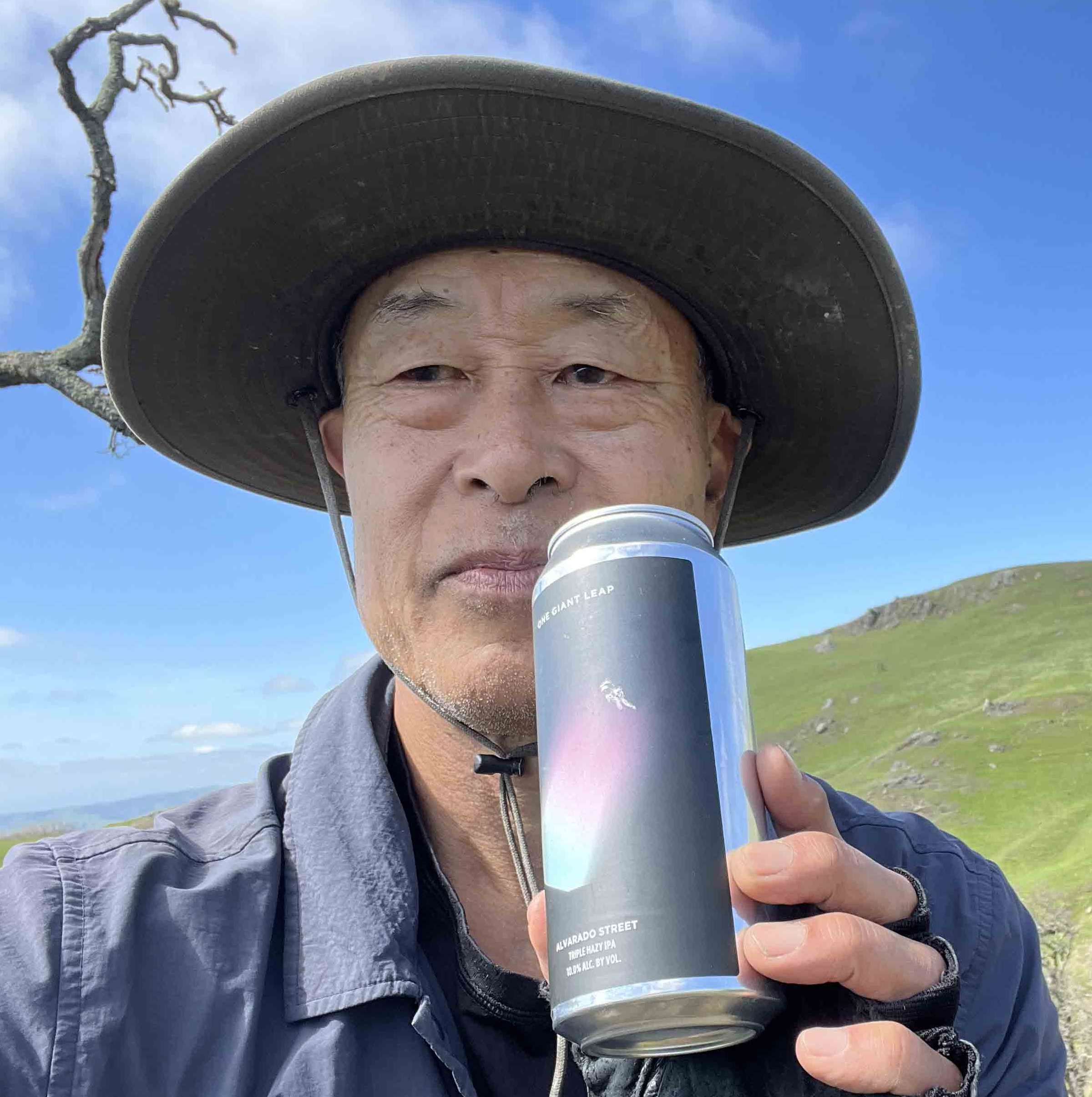
I study many aspects of geology from formation of the landscape to plate tectonic processes related to the evolution of plate margins, especially transform (strike-slip) and subducting plate boundaries. A central part of this research involves inspection of rocks in the field, particularly in California, where I am based, as well as other regions, such as Newfoundland, Taiwan, Japan, Greece, and Italy. I have been conducting geologic research since the early 1980s and the more I’ve seen and learned, the more questions have popped up, so my research interests have continually expanded with time. I have devoted an increasing amount of time as I have aged to strength and endurance training to maintain my outdoor mobility. Field geology also ties into other interests and pleasures, such as brewing (since 1994) and consuming craft beer, enjoying fine wine, hiking and fishing (have fished over 800 different wilderness lakes in the Sierra Nevada of California).
-

Douwe is a geologist. He works as Professor of Global Tectonics and Paleogeography at Utrecht University. He investigates the plates, oceans, and continents that were lost to subduction. For this, he uses geological remains of these lost plates: rocks that are found in mountain belts all over the world, and subducted plates that can be seen in cat-scans of the Earth’s interior. Since 2021, he has been explaining the geology of pro-cycling races, including but not restricted to the Tour de France.






